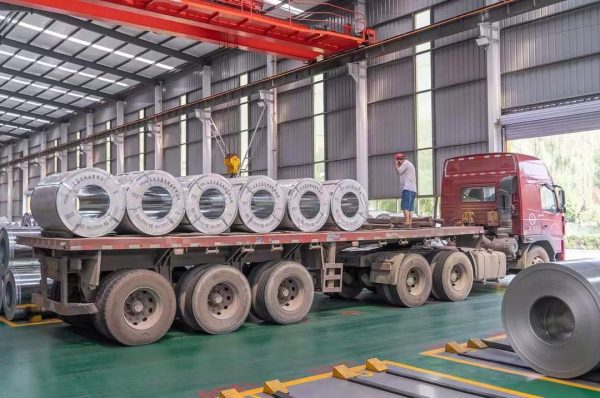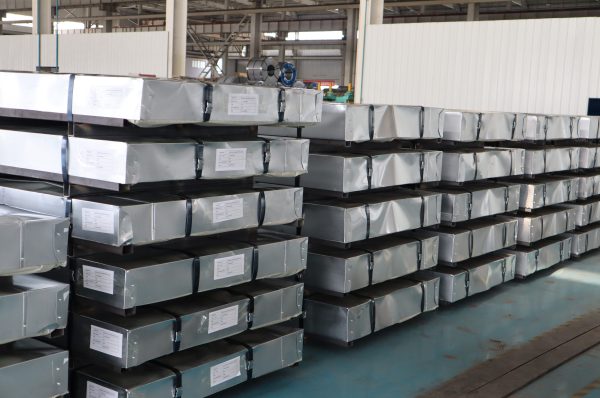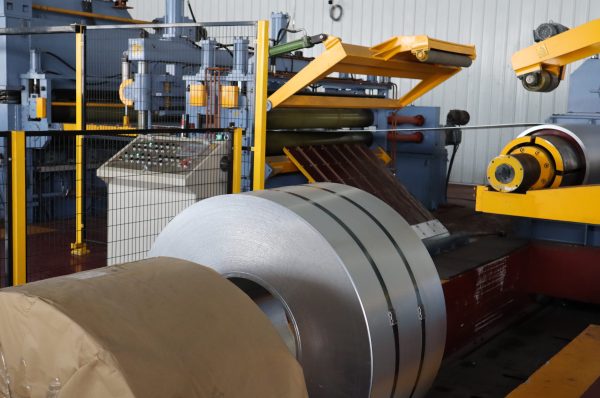Hot-rolled steel is a fundamental material in various industries due to its excellent mechanical properties, cost-effectiveness, and versatility. Produced by rolling steel at high temperatures, it is widely used in construction, automotive, and industrial applications. This article introduces some of the most common grades of hot-rolled steel, detailing their specifications and typical uses.
1. SS400 (Structural Steel)
SS400 is a widely used hot-rolled steel grade in construction and structural applications. It is known for its good weldability, machinability, and strength. With a typical tensile strength of around 400 MPa, SS400 is used in the manufacturing of structural components, such as beams, columns, and frames for buildings and bridges. Its balance of strength and ductility makes it suitable for a range of structural applications.
2. S235JR (Structural Steel Grade)
S235JR is a common hot-rolled steel grade used primarily in structural applications. It is characterized by its low carbon content, which provides good weldability and machinability. With a minimum yield strength of 235 MPa, S235JR is often used in the construction of buildings, bridges, and infrastructure. Its affordability and reliable mechanical properties make it a popular choice for structural steelwork.
3. S355JR (High-Strength Structural Steel)
S355JR is a high-strength hot-rolled steel grade designed for more demanding structural applications. It has a minimum yield strength of 355 MPa, offering improved strength and durability compared to lower-grade steels. S355JR is used in applications such as heavy-duty construction, cranes, and structural components that require enhanced performance under stress. Its high tensile strength and toughness make it suitable for complex and load-bearing structures.
4. A36 (Carbon Structural Steel)
A36 is a widely used carbon structural steel grade in the United States. It is known for its good weldability, machinability, and strength. With a minimum yield strength of 250 MPa, A36 is used in a variety of structural applications, including bridges, buildings, and general structural components. Its versatility and ease of fabrication make it a preferred choice for many industrial applications.
5. Q235 (Chinese Structural Steel)
Q235 is a Chinese hot-rolled steel grade with similar properties to S235JR. It has a yield strength of approximately 235 MPa and is used in various construction and structural applications. Q235 is known for its good mechanical properties and ease of welding, making it suitable for a range of structural projects, including buildings, bridges, and machinery.
6. Q345 (High-Strength Low-Alloy Steel)
Q345 is a high-strength low-alloy (HSLA) hot-rolled steel grade used in demanding applications. With a yield strength of 345 MPa, Q345 offers improved mechanical properties and weldability compared to standard carbon steels. It is commonly used in heavy-duty structures, such as industrial machinery, bridges, and structural components requiring high strength and durability.
7. HRC (Hot-Rolled Coil)
HRC refers to hot-rolled steel in coil form, which is used in various applications including automotive, construction, and manufacturing. The grade of HRC can vary depending on the specific requirements of the end product. Common specifications include general-purpose steels with good weldability and strength, used for products like automotive panels, structural beams, and industrial components.
8. API 5L (Pipeline Steel)
API 5L is a specification for hot-rolled steel used in pipeline construction. It includes various grades such as X42, X52, X60, and X70, each denoting different strength levels and properties. API 5L steel is used in the oil and gas industry for the construction of pipelines that transport oil, gas, and other fluids. Its high strength and resistance to environmental factors make it suitable for demanding pipeline applications.
Conclusion
Hot-rolled steel is available in a variety of grades, each tailored to specific applications based on its mechanical properties, strength, and usability. From structural steels like SS400 and S355JR to high-strength grades like Q345 and API 5L, each type of hot-rolled steel serves a unique purpose across different industries. Understanding the characteristics and applications of these grades allows manufacturers and engineers to select the most suitable material for their needs, ensuring optimal performance and durability in various applications.



